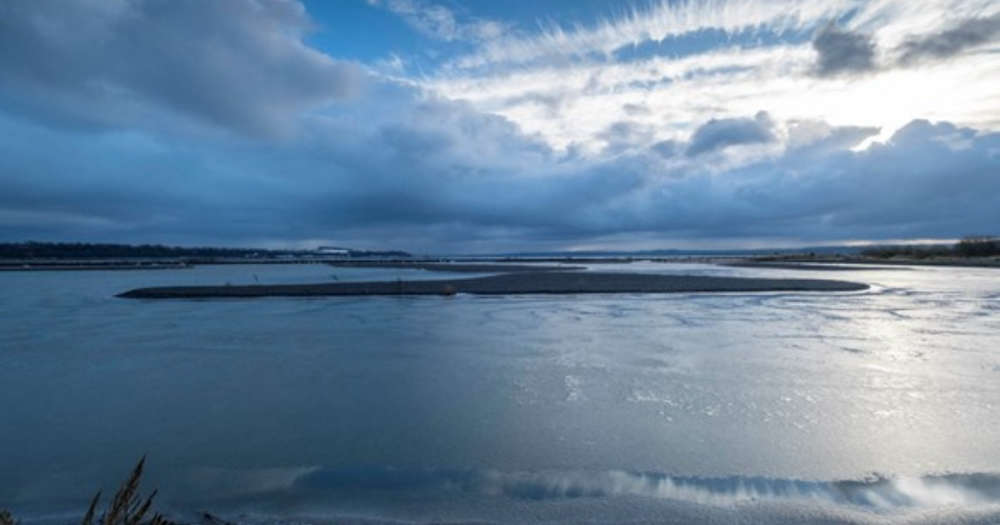
A record number of threatened bird species, including Curlew and Dunlin, have been recorded near the former Longannet Power Station near Kincardine.
ScottishPower has been working on £4.5millon a capping and restoration project at the Valleyfield site, which includes a specially designed haven for birds and other wildlife.
Constructed on reclaimed land from the Forth estuary, the lagoons store residual ash slurry from the coal-fired power generation process.
Longannet was the last coal-fired power station in Scotland, shutting in 2016 and was demolished in 2021. ScottishPower has been working with stakeholders since to restore the site.
Fife Council, RSPB Scotland, SEPA, NatureScot and expert ecologists have helped put together a plan for restoring and managing the site to ensure that it continued to be a haven for birds.
Work at the wetland area was carried out with a focus on encouraging wading bird species to roost during high tides. Several raised islands and gentle slopes were created to provide shelter from winds and safety from predators.
A safe nesting environment, known as a wader scrape, has been designed and created on one of the lagoons, where salt water is pumped in on a regular and automated basis to keep water levels to design specification and a wind turbine provides the pumps with the power they need.
Many of the wading birds are in declining numbers and since the restoration of the site, ecologists have recorded one of the largest single flocks of Curlew on the inner Forth at the lagoons, and a flock of over 2,000 pink-footed geese. Other species include Dunlin, Ringed Plover, Redshank, Shelduck and Mallard. Curlew, Dunlin and Ringed Plover have a Red UK conservation status due to their decreasing numbers, which makes the site an invaluable habitat.
Viewing areas have also been created so that the public can see the birds without causing any unnecessary disturbance.
Andrew Ward from ScottishPower said: “Our commitment to environmental stewardship is at the heart of this project. We’ve worked hard to create a haven for biodiversity from the industrial legacy of Longannet. This collaboration represents how industry, conservation organisations, and local government can come together for a sustainable future."
One of the key objectives of the project was to cap and seal the lagoons and collaborative efforts saw the use of the colliery shale from the former Comrie Colliery as capping material at Valleyfield, which was an additional positive outcome, benefitting two communities.
Shirley-Anne Somerville, MSP for Dunfermline, said: "It is really encouraging to see the progress that has been made in recent years to convert land at the former Longannet Power Station into a sanctuary for wildlife.
"What a great example of how Scotland can build a green, sustainable future by more effectively using sites from our industrial heritage.”
From one of the newly installed bird hides the purpose-built sand martin bank can be viewed and additional seating has been installed for keen ornithologists.
Toby Wilson, senior conservation officer at RSPB Scotland said: “Already, we are seeing large numbers of birds using the site as a high tide roost and this is likely to increase.
“RSPB Scotland looks forward to continuing to work with ScottishPower at Valleyfield and other sites to help wildlife thrive on these important post-industrial sites.”


 10°C
10°C
 10°C
10°C
 9°C
9°C